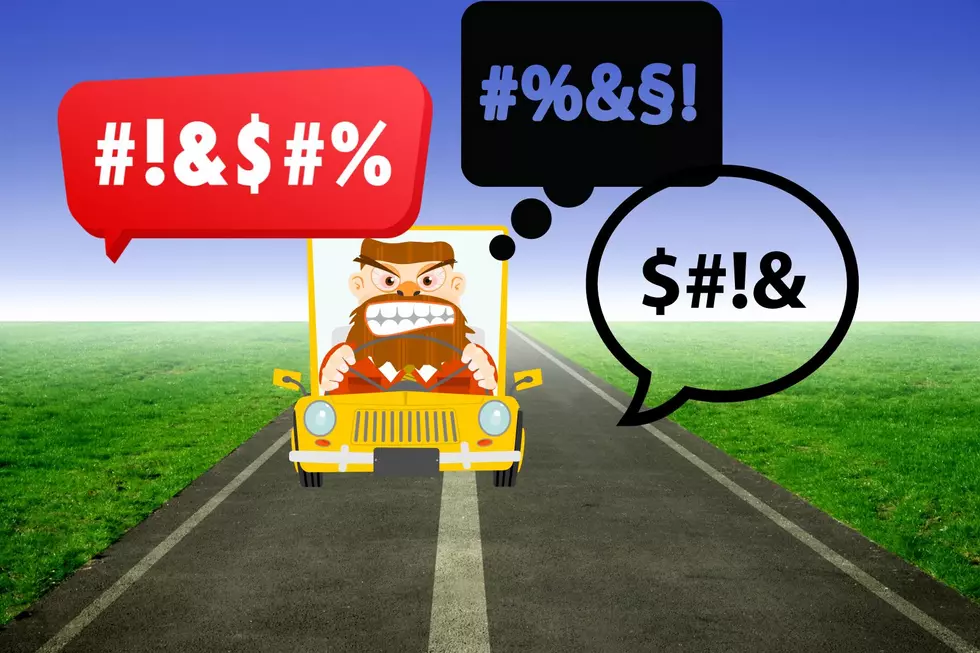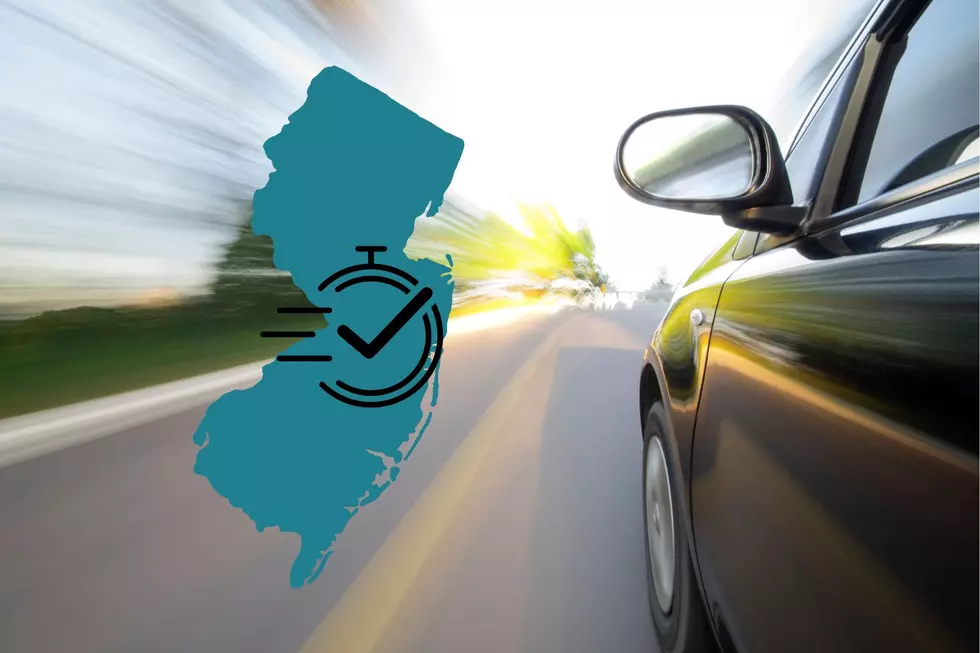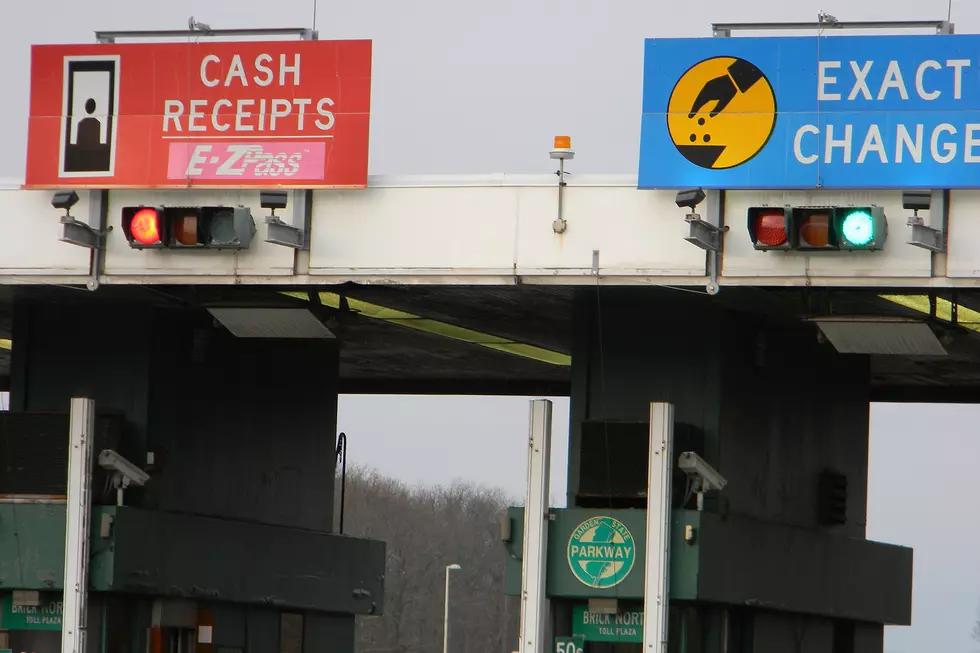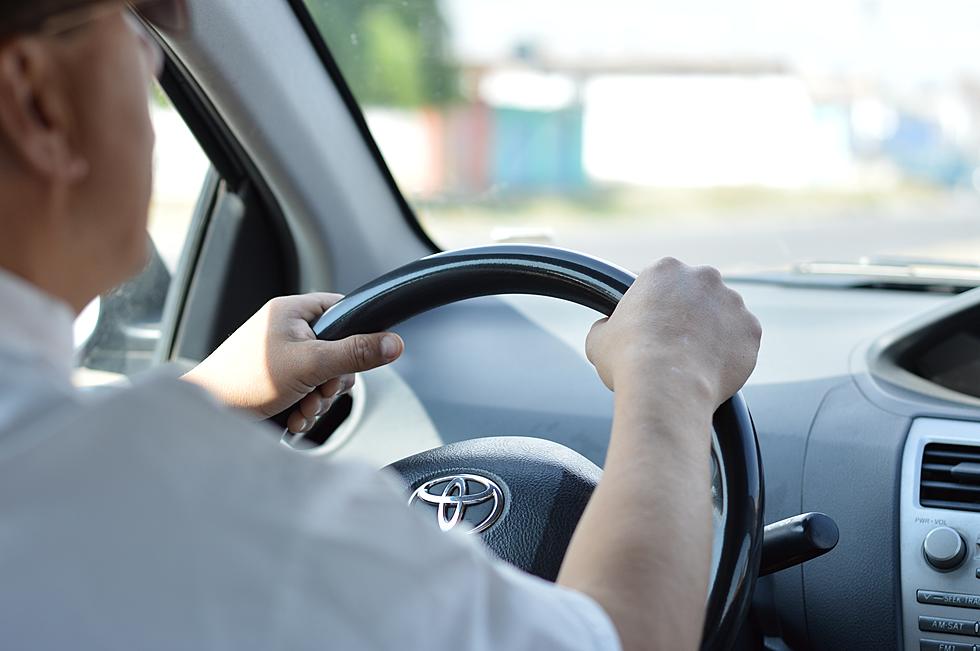
This Is Now New Jersey’s #1 Driving Pet Peeve
A recent study has just revealed the #1 pet peeve for New Jersey drivers, and it's something all New Jersey drivers see almost every day.
There are two things we love in New Jersey, and they are eating and complaining, we're equally good at both and are very proud of it.
What Do New Jersey Drivers Complain About The Most?
And there are two things we have to do in New Jersey, drive and pay taxes, and, even though it's close, most of us would rather drive.
When you combine driving and complaining, you get these beautiful little nuggets called New Jersey driving pet peeves.
We knew if we asked you to share your biggest driving pet peeves with us, we would find no shortage of thoughts, and were we ever right.
Too Many New Jersey Driving Pet Peeves To Count
There were just too many of them to list them all, so we decided to share the three driving pet peeves that irked New Jersey drivers more than any others.
We do a lot of driving and observe many things, so we tabulated the results of all the answers you gave to our question.
#3 Slow In The Left Lane. The left lane is for passing, The right lane is for slower traffic. The slower you go, the further to the right you should be. So why are you doing 35mph in the left lane?
Here Are The Top 2 New Jersey Driving Pet Peeves
#2 The Finger. It's the ultimate insult on the roads, and we use it like we got 12 cases of them for free. We don't like getting them, but we do love giving them, especially to no-look finger. Very effective.
#1 The Tailgater. You know who you are, and you need to stop.
The 25 Most Dangerous Roads in New Jersey
Gallery Credit: Matt Ryan
The Absolute Worst Roads in Monmouth and Ocean Counties
Gallery Credit: Lou Russo
More From 94.3 The Point









